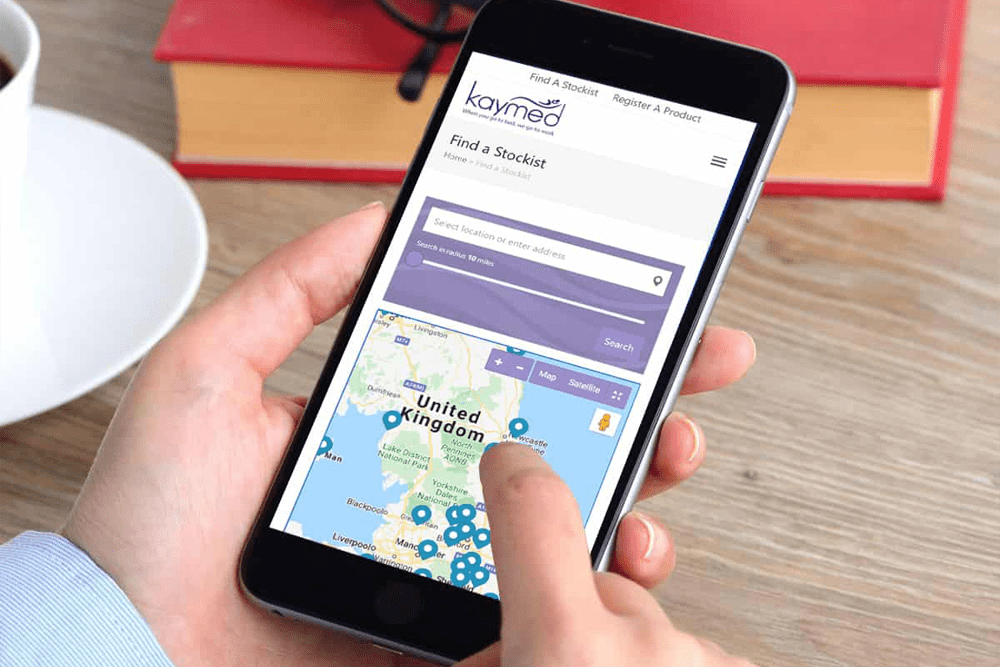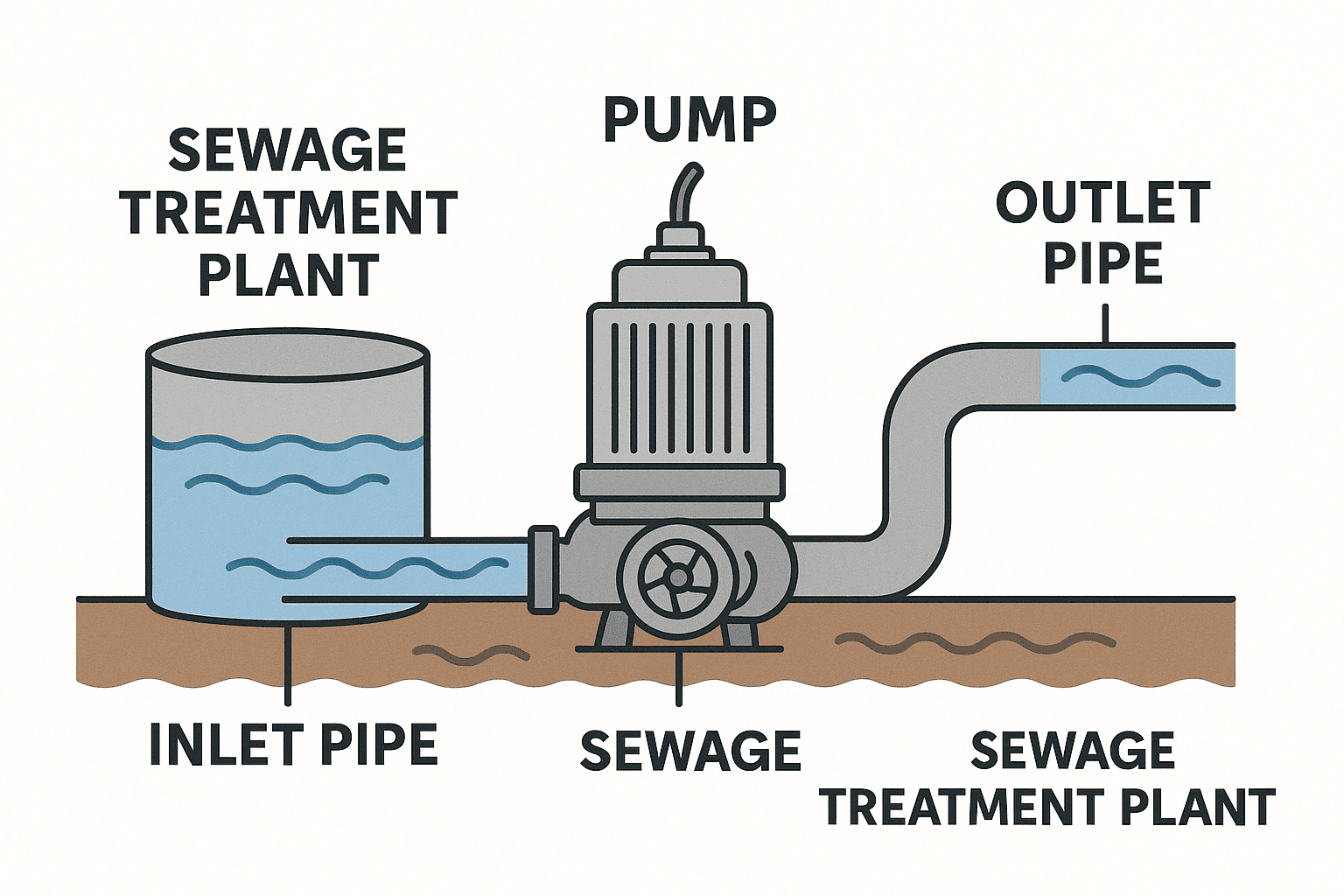While offering discounts can be a powerful tool to boost sales and build strong B2B relationships, it should be part of a comprehensive strategy that considers the long-term impact on profitability, customer loyalty, and the overall positioning of your business in the market.
Offering discounts in a B2B (business-to-business) context can be a strategic approach to potentially increase sales and foster stronger relationships with your clients. Discounts can serve various purposes and contribute to the overall growth of your business.
One significant advantage of offering discounts is the immediate impact on the purchasing decision of your B2B clients. Businesses are often motivated by cost savings, and a well-structured discount can act as a compelling incentive for them to choose your products or services over those of your competitors. This is especially true if your offerings are perceived as high-quality or essential to the client’s operations.
Discounts can also play a role in customer retention within the B2B sector. Providing loyalty discounts or volume-based discounts for long-term clients can encourage repeat business and strengthen the ties between your company and your clients. This can result in a more stable and predictable revenue stream over time, as well as positive word-of-mouth referrals within the business community.
Moreover, discounts can be strategically used to promote specific products or services, helping you focus your marketing efforts on particular offerings that may have a higher profit margin or align with current market trends. This targeted approach can lead to increased awareness and demand for these key products among your B2B clientele.
However, it’s important to approach discounting with caution. A well-thought-out pricing strategy should balance the benefits of increased sales with the potential impact on profit margins. Blindly offering discounts without a clear understanding of your costs and long-term implications can erode the value of your products or services and may not lead to sustainable business growth.
A Guide To B2B Discounting – Types of discounting
Quantity discount, where buyers receive reduced prices based on the volume of products or services they purchase. This approach encourages larger orders, benefiting both parties by improving economies of scale and operational efficiencies.
Another prevalent form of discounting in B2B transactions is the Cash Discount. This type of incentive is designed to accelerate payment and improve cash flow for the seller. For instance, a seller may offer a percentage discount to buyers who pay their invoices within a specified period, such as 7 days. This approach serves as a motivator for prompt payments and helps maintain a healthy financial position for the business.
Seasonal discounts are also frequently utilised in the B2B sector. Businesses may offer discounts during specific periods of the year or in response to market demand fluctuations. This strategy can boost sales during slower seasons and align pricing with market conditions, ultimately contributing to improved revenue streams.
Trade or channel discounts are targeted at intermediaries within the distribution channel, such as wholesalers or distributors. These discounts are negotiated to encourage cooperation and loyalty from partners involved in the supply chain. By providing incentives to these intermediaries, businesses can enhance their market reach and streamline distribution processes.
Promotional discounts are employed to generate excitement and stimulate sales for a limited time. Businesses may offer discounts tied to specific marketing campaigns, product launches, or trade shows. These short-term incentives can attract attention, drive sales, and create a sense of urgency among buyers.
In the B2B landscape, loyalty discounts play a crucial role in building and maintaining strong relationships with key clients. These discounts are often based on the duration or volume of business conducted with a particular customer. Recognising and rewarding customer loyalty fosters a sense of partnership and encourages repeat business over time.
The diverse range of discounting strategies in B2B transactions reflects the multifaceted nature of business relationships. From quantity discounts to cash incentives, businesses strategically employ these approaches to enhance competitiveness, encourage desired behaviours, and cultivate lasting partnerships within the B2B ecosystem.
Discounting issues
To calculate the additional volume of sales needed to generate the same level of profit after offering a pricing discount, you can use the following formula:
Additional Sales Volume =Discount % /
Let’s break down the terms:
- Discount % is the percentage by which you’re reducing the price (for example 10%).
- Original Profit Margin % is the percentage of profit you make on each unit sold before the discount.
The formula assumes a constant cost structure, meaning the cost per unit sold remains the same.
For example, if your original profit margin is 20% and you offer a 10% discount:
Additional Sales Volume=10% /
Additional Sales Volume=10% / 0.1
Additional Sales Volume=100%
This means you would need to sell 100% more units (double the volume) to maintain the same level of profit after offering a 10% discount. Keep in mind that this is a simplified calculation and may not account for all factors such as changes in customer behaviour, market response, or fixed costs.
Increase Pricing
To calculate the reduction in volume of sales needed to generate the same level of profit after increasing pricing by a certain percentage, you can use the following formula:
Reduction in Sales Volume=Price Increase % / Original Profit Margin % + Price Increase %
Let’s break down the terms:
- Price Increase % is the percentage by which you’re raising the price (for example lets use 1%).
- Original Profit Margin % is the percentage of profit you make on each unit sold before the price increase.
The formula assumes a constant cost structure, meaning the cost per unit sold remains the same.
For example, if your original profit margin is 20% and you increase the price by 1%:
Reduction in Sales Volume=1% / 20%+1%
Reduction in Sales Volume=1% / 0.21
Reduction in Sales Volume≈4.76%
This means you would need to reduce sales volume by approximately 4.76% to maintain the same level of profit after increasing prices by 1%. Again, this is a simplified calculation and may not account for all factors such as changes in customer behaviour, market response, or fixed costs.
The issue of price Discounting
Price discounting can have both positive and negative effects on a brand’s value, and the impact can vary depending on the context and how discounting strategies are implemented. Here are some potential negative issues associated with price discounting:
1: Perceived Value Erosion:- Excessive discounting may lead consumers to perceive the brand as lower in value or quality. If customers regularly see the brand offering products at significantly reduced prices, they may question the original value proposition.
2: Brand Dilution:- Consistent discounting might dilute the brand image, especially if it was initially positioned as a premium or luxury brand. Consumers may associate the brand more with affordability than with quality or exclusivity.
3: Profit Margins and Revenue Impact:- Heavy reliance on discounts can erode profit margins, as customers may become accustomed to waiting for sales before making purchases. This can impact a brand’s ability to generate sustainable revenue.
4: Customer Loyalty Challenges:- Frequent discounting might lead to customers becoming less loyal, as they may only buy when prices are low and switch to competitors offering better discounts. Building long-term customer relationships may become challenging.
5: Perceived Desperation:- Continuous discounting could make consumers perceive the brand as desperate or struggling, potentially undermining confidence in the company’s stability and long-term viability.
6: Cannibalisation of Sales:- Discounts can sometimes lead to the cannibalisation of regular-priced products. Customers may opt for discounted items instead of paying full price, impacting overall revenue.
7: Difficulty in Raising Prices:- If a brand becomes associated with constant discounts, it may find it challenging to raise prices in the future without facing resistance from customers accustomed to lower prices.
8: Image Inconsistency:- Inconsistency in pricing strategies can confuse consumers and create uncertainty about the brand’s positioning. This lack of clarity may harm the brand’s image.
It’s essential to note that not all discounting strategies result in negative consequences. Strategic and well-planned discounting, such as limited-time promotions, can create a sense of urgency and drive sales without compromising the brand’s long-term value. The key is to strike a balance and maintain the perceived value of the brand while offering occasional discounts that align with the overall brand strategy.
Alternatives to price discounting
Enhance the value proposition
When seeking to boost sales, businesses have various alternatives to price discounting that can be employed strategically to attract customers and drive revenue. One effective approach is to enhance the overall value proposition of the product or service. This involves focusing on the unique features, quality, or additional benefits that differentiate the brand from competitors. By emphasising these aspects, companies can justify maintaining or even increasing prices while providing customers with a compelling reason to choose their offerings.
Build brand loyalty
Building brand loyalty and fostering customer engagement is another alternative to price discounting. Creating a strong relationship with customers through personalised experiences, exceptional customer service, and loyalty programs can encourage repeat business. A loyal customer base is often more willing to pay full price for products or services due to the positive associations and trust they have developed with the brand.
New products or Services
Innovating and introducing new products or services can also be a powerful strategy to stimulate sales without resorting to discounts. Launching innovative solutions, updates, or limited-edition offerings can generate excitement and attract both existing and new customers. This approach leverages the novelty factor and positions the brand as forward-thinking and dynamic.
Bundling
Strategic bundling is another method to increase sales without directly lowering prices. Bundling complementary products or services at a slightly reduced combined price can create a perceived value for customers, encouraging them to make a larger purchase. This tactic not only boosts sales but also helps in promoting related items or services.
Content marketing
Investing in marketing, websites and promotional activities that highlight the unique selling points of the product or service can contribute to increased sales. Effective storytelling, content marketing, and social media campaigns can create awareness, generate interest, and ultimately drive conversions. By effectively communicating the brand’s value and benefits, companies can influence purchasing decisions without relying solely on discounts.
Flexible payments
Offering flexible payment options or financing plans can make the product more accessible to a broader audience. This approach enables customers to spread the cost over time, making higher-priced items more feasible without the need for explicit price reductions.
Price discounting is a common strategy to stimulate sales, businesses can explore alternatives by focusing on value enhancement, building customer loyalty, innovation, strategic bundling, effective marketing, and flexible payment options. These approaches not only help maintain or increase perceived value but also contribute to long-term brand success.
Responses when someone asks for a discount
As a B2B business when customers inquire about discounts, it is crucial to approach the conversation with a balance between maintaining profitability and satisfying customer needs.
One effective strategy is to first understand the customer’s perspective and inquire about the specific reasons behind their request for a discount. By actively listening to their concerns, you can gain valuable insights into their expectations and potentially find alternative solutions.
After understanding the customer’s needs, it is essential to transparently communicate the value of your products. Highlight the unique features, quality, and benefits that set your products apart from competitors. Emphasising the value proposition can help justify the price and showcase why your products are worth the investment.
Consider offering additional value instead of a direct price reduction. This could include bundling products, providing extended warranties, or offering complimentary services. By presenting added value, you demonstrate a willingness to work with the customer and create a win-win situation where both parties benefit.
If your pricing structure allows for flexibility, explore the possibility of volume discounts or long-term partnership agreements. This approach can incentivise customers to commit to larger orders or ongoing business relationships, contributing to a mutually beneficial arrangement.
In cases where providing a discount is not feasible, be honest and transparent with the customer. Explain the reasons behind your pricing structure, such as high-quality materials, advanced manufacturing processes, or additional services that contribute to the overall value. Transparency fosters trust and helps build a positive, long-term relationship with the customer, even if a discount is not granted.
The key is to approach discount negotiations as a collaborative process, aiming to understand customer needs while maintaining the integrity of your business. By focusing on value, transparency, and creative solutions, you can navigate these discussions effectively and build strong, lasting relationships with your customers.











